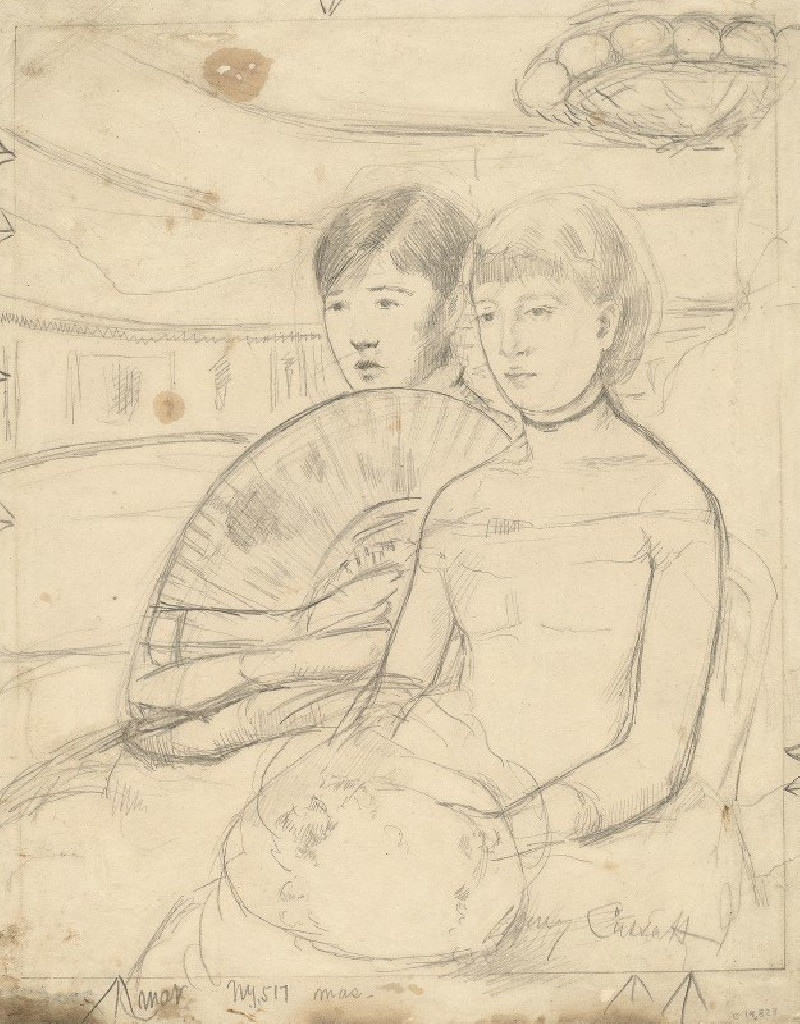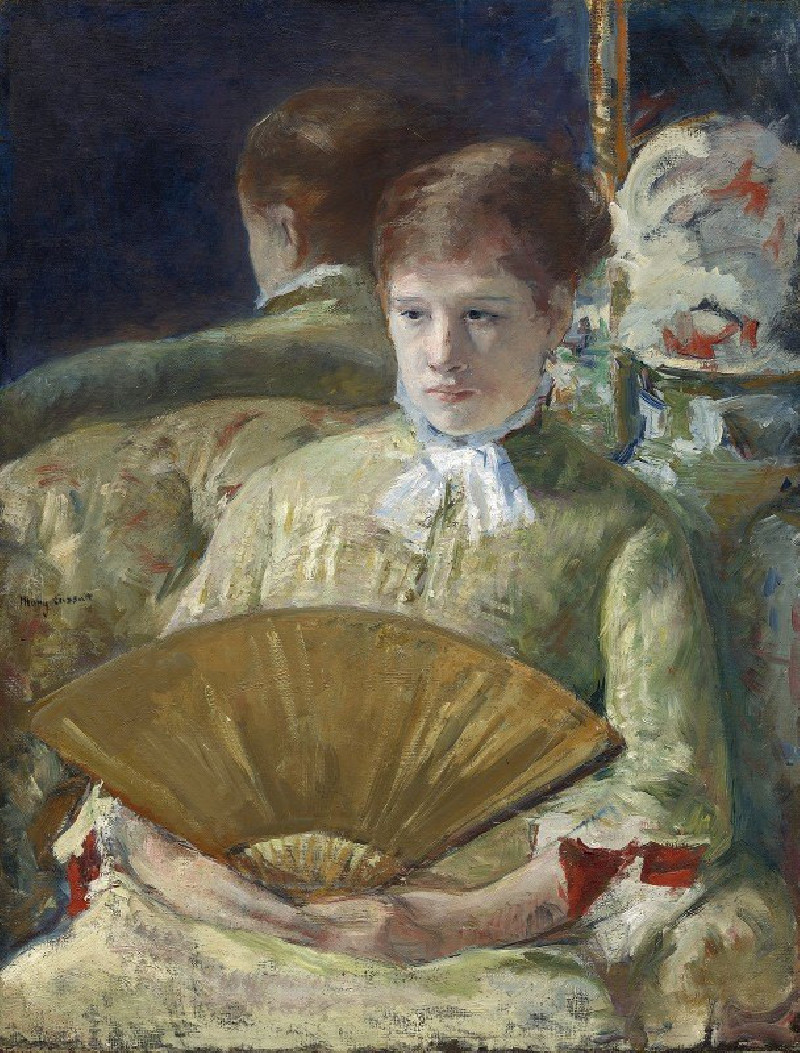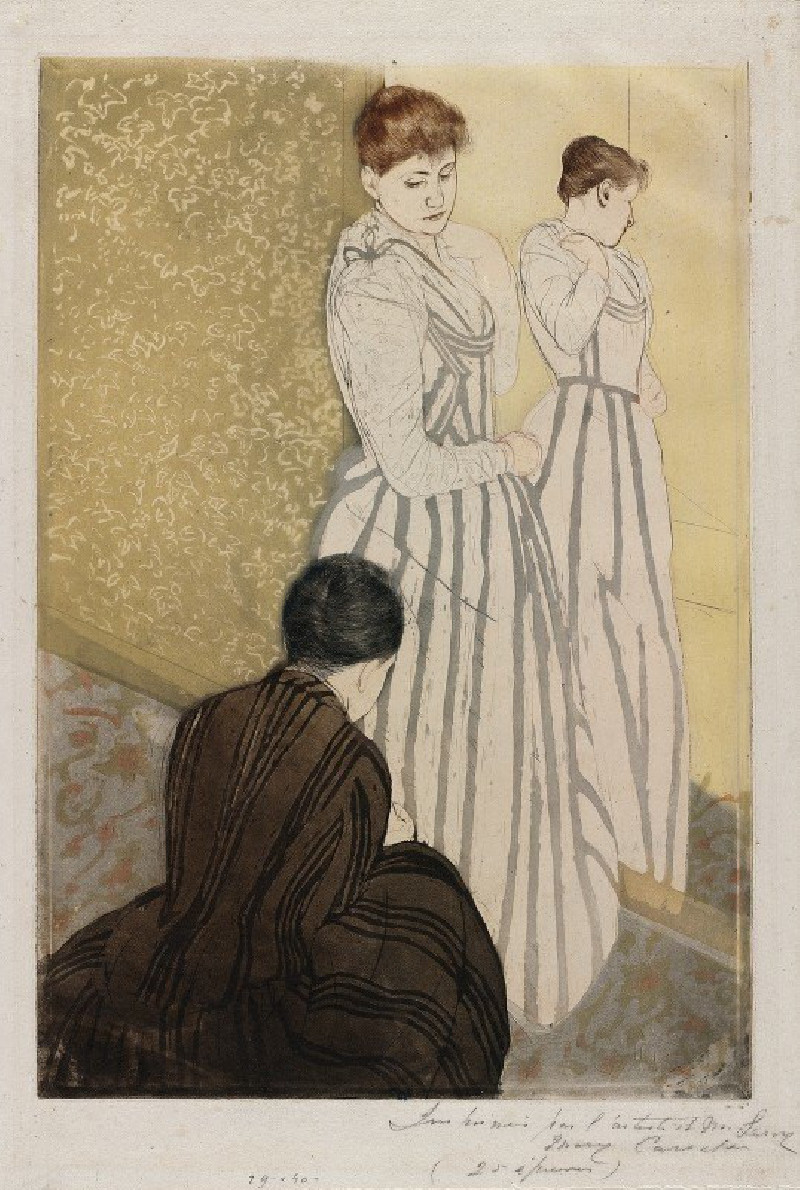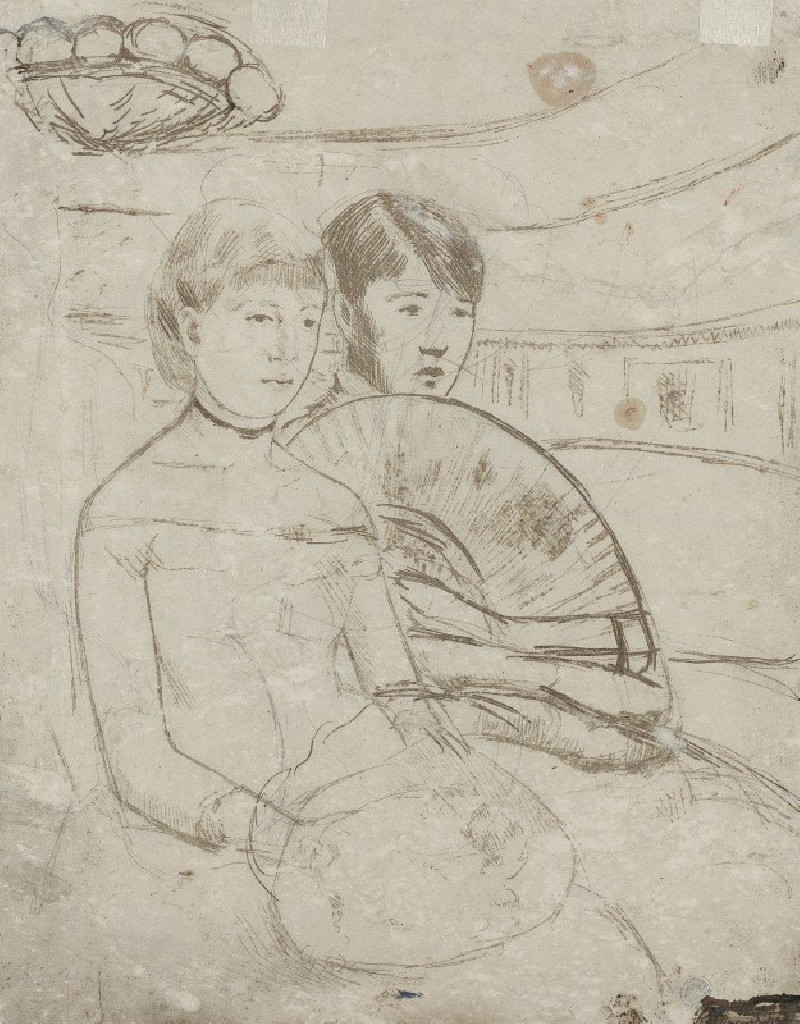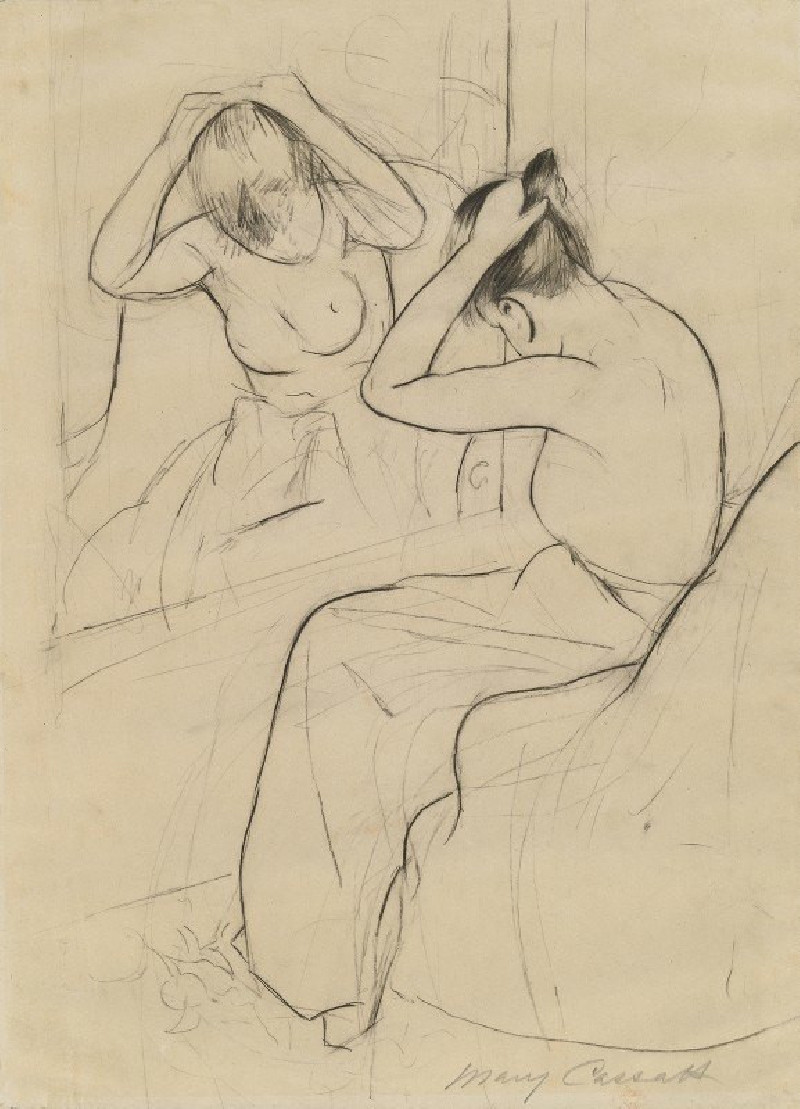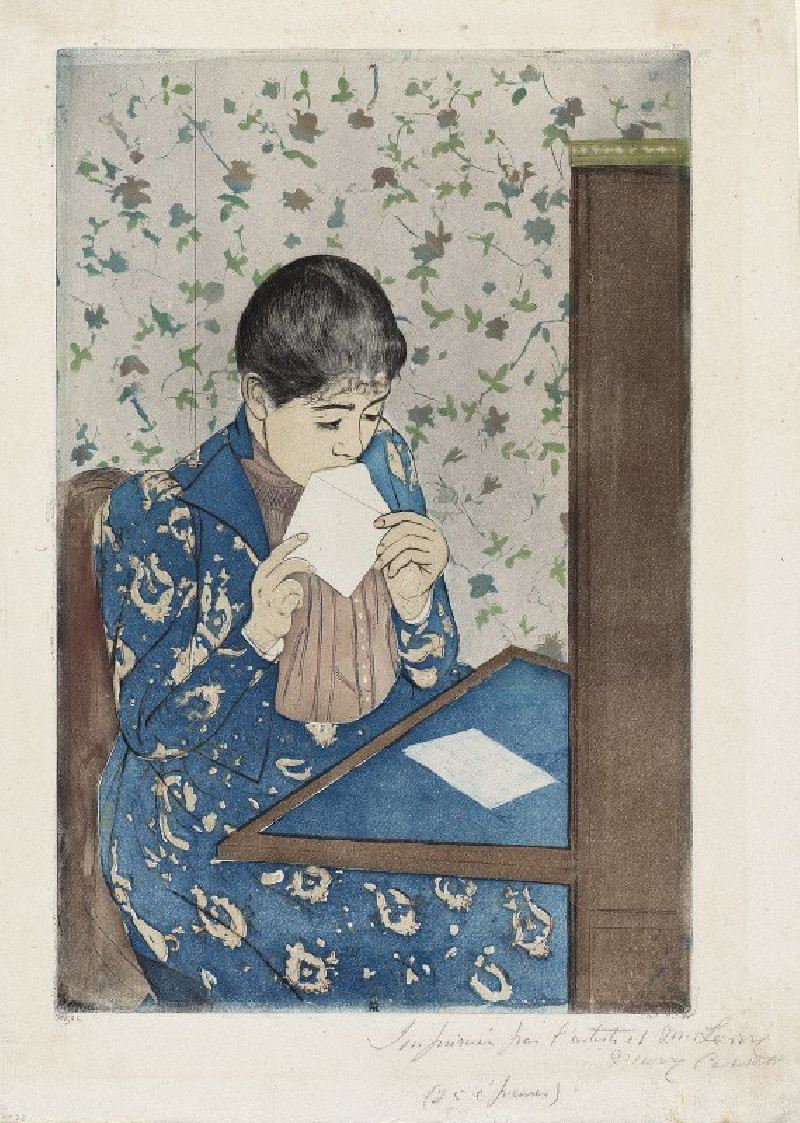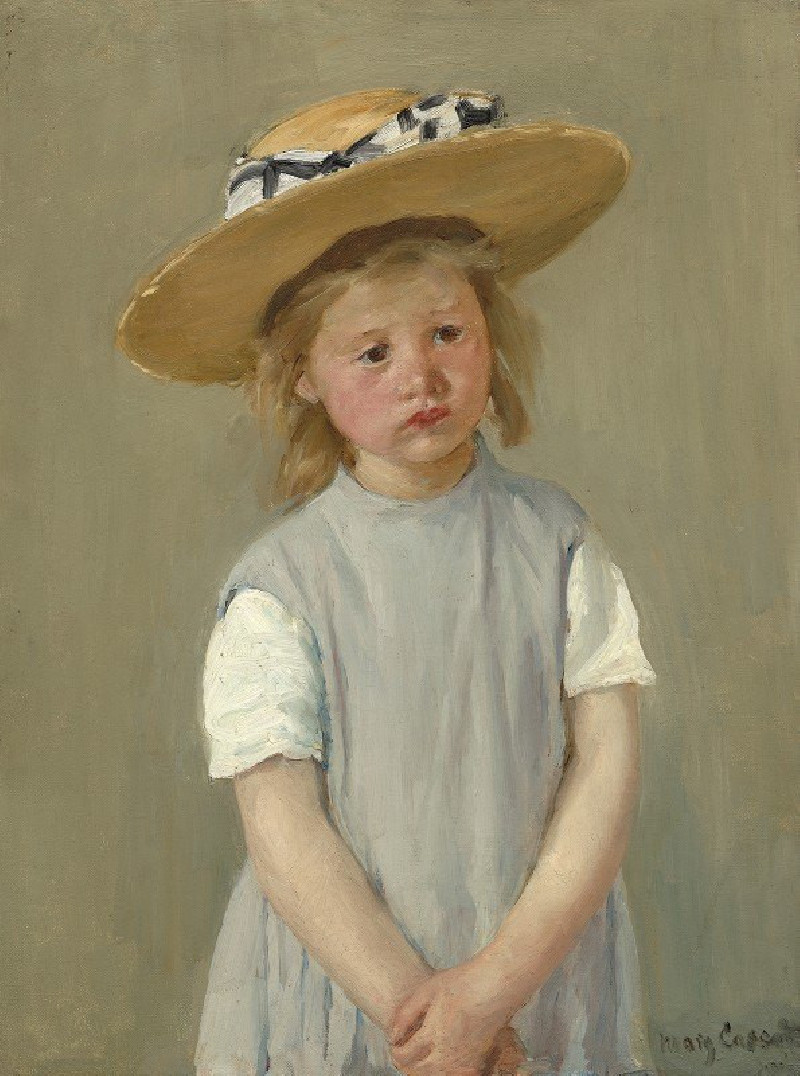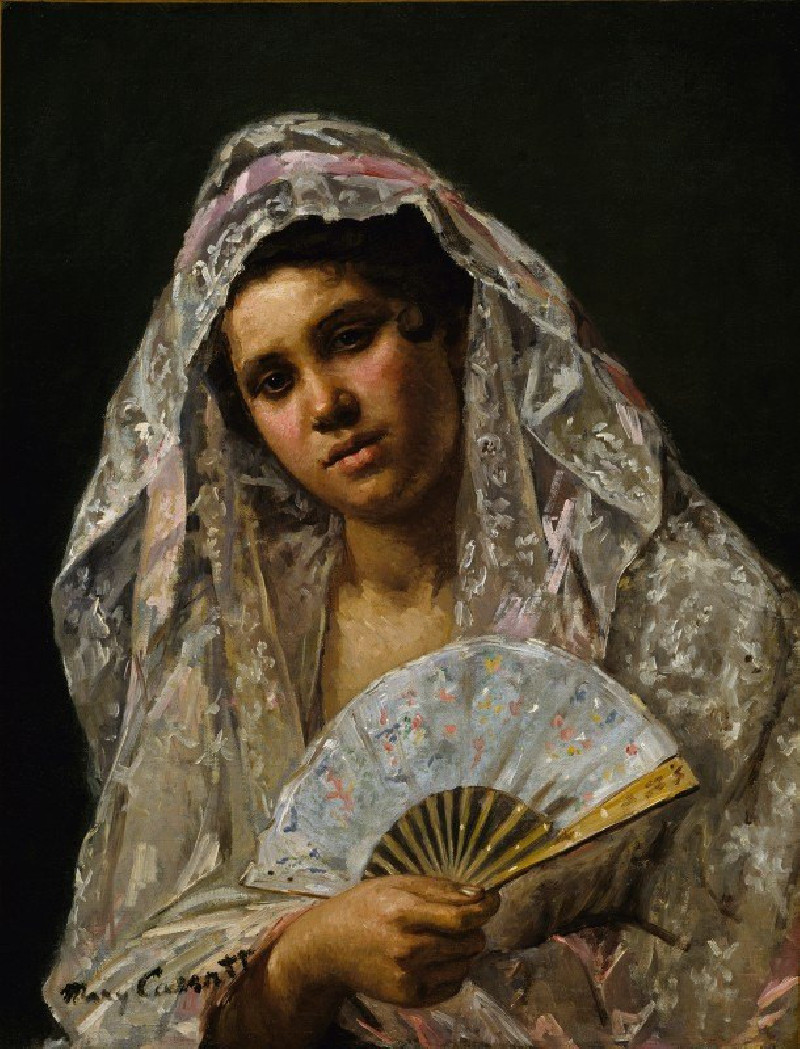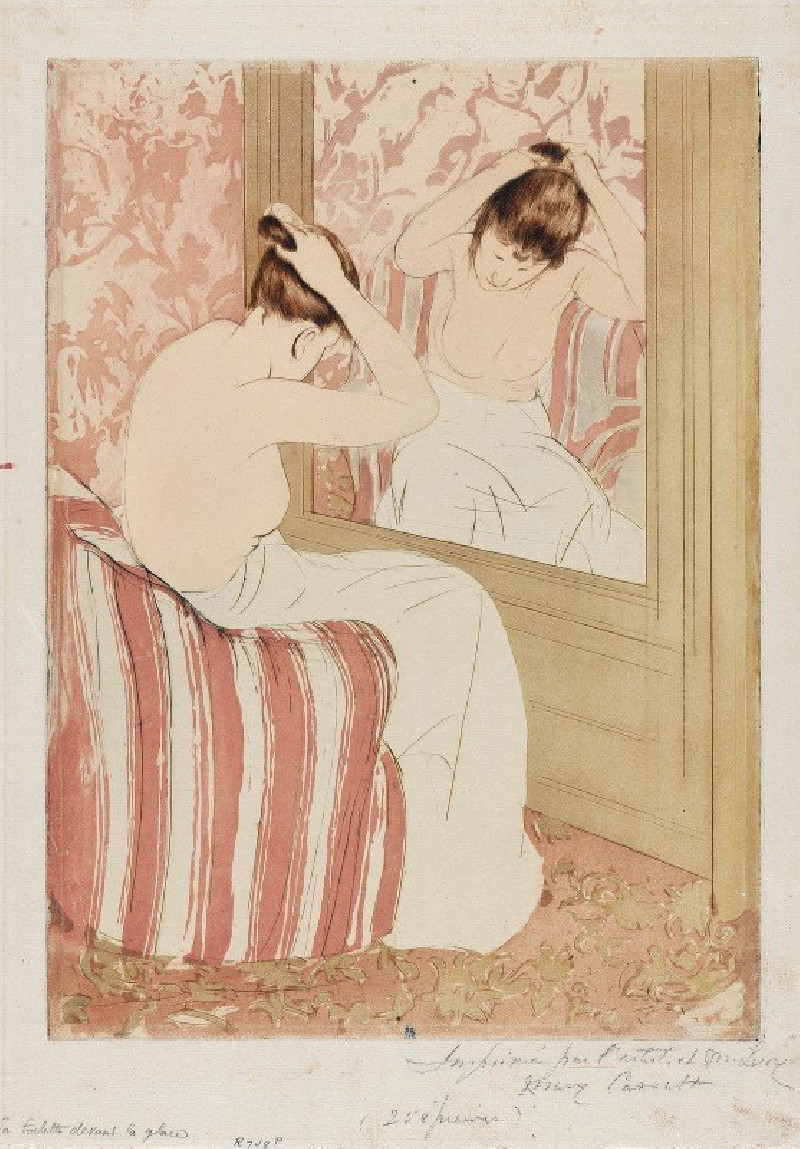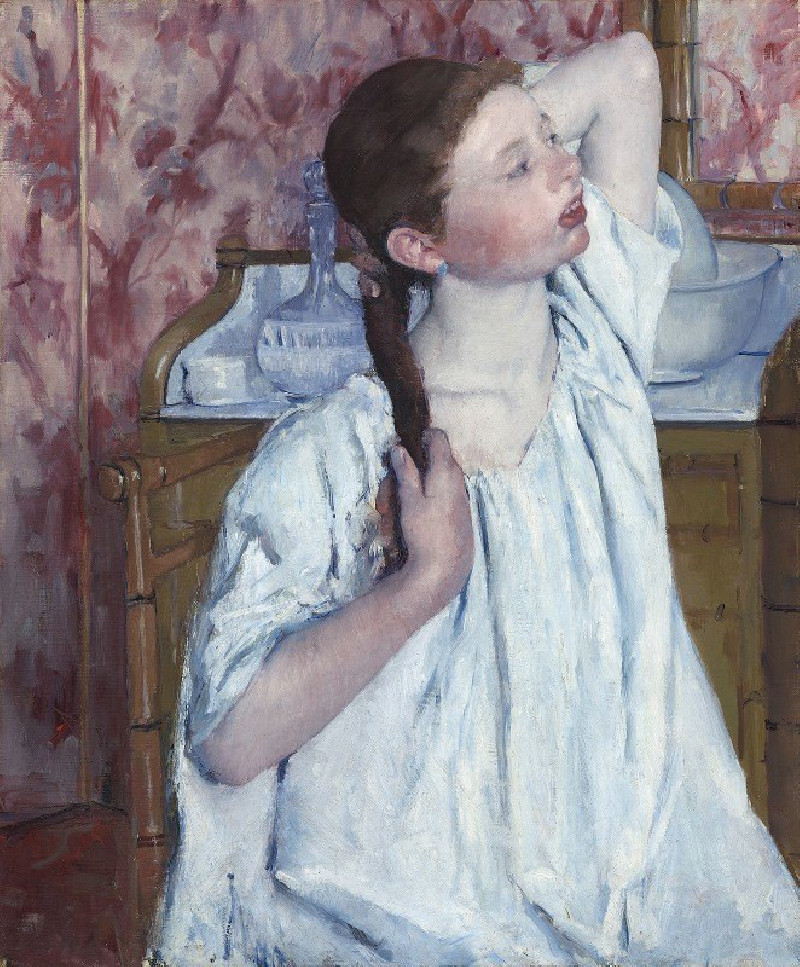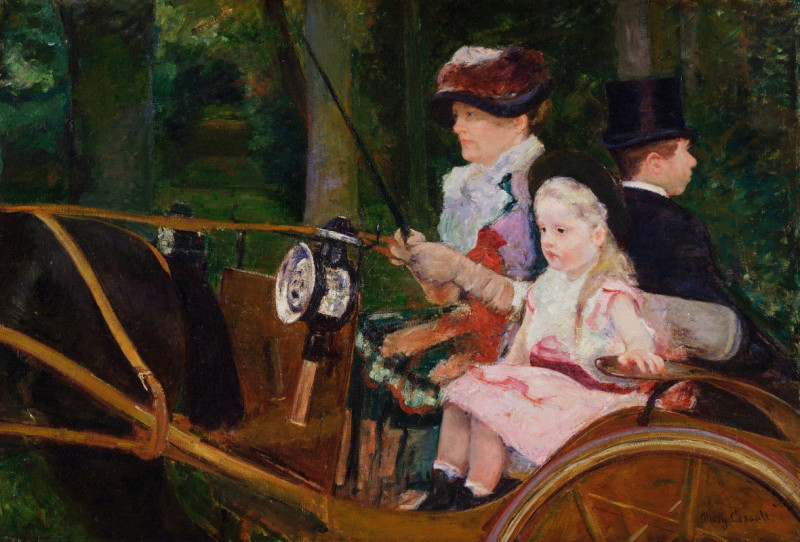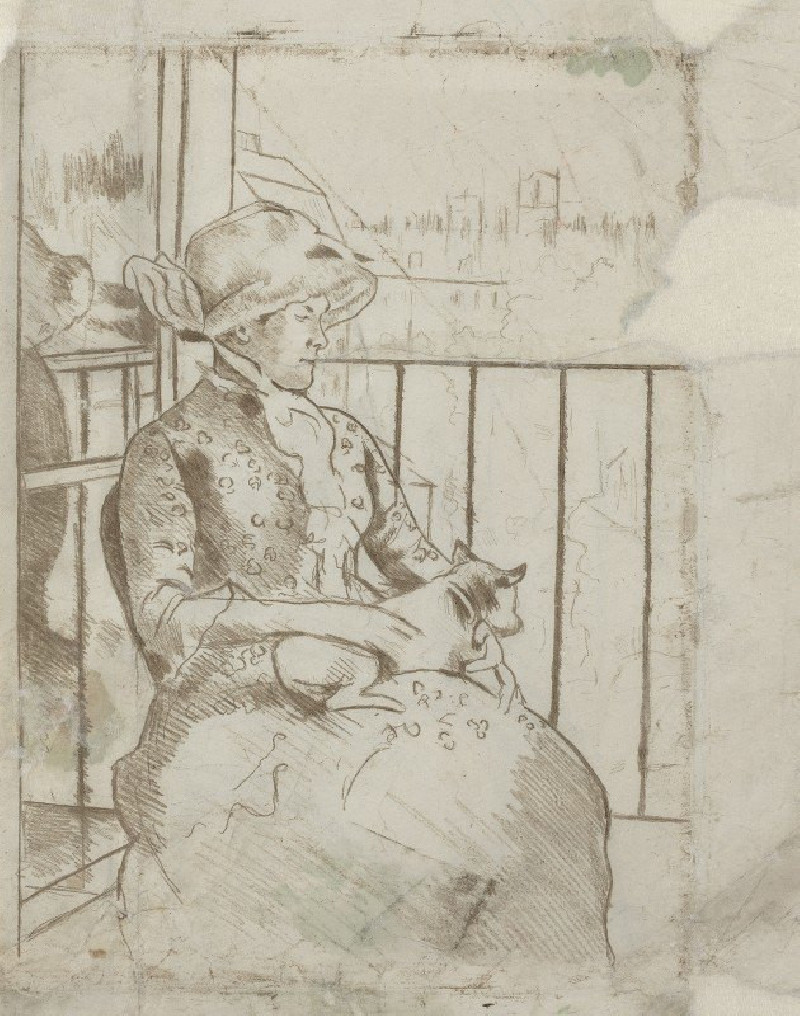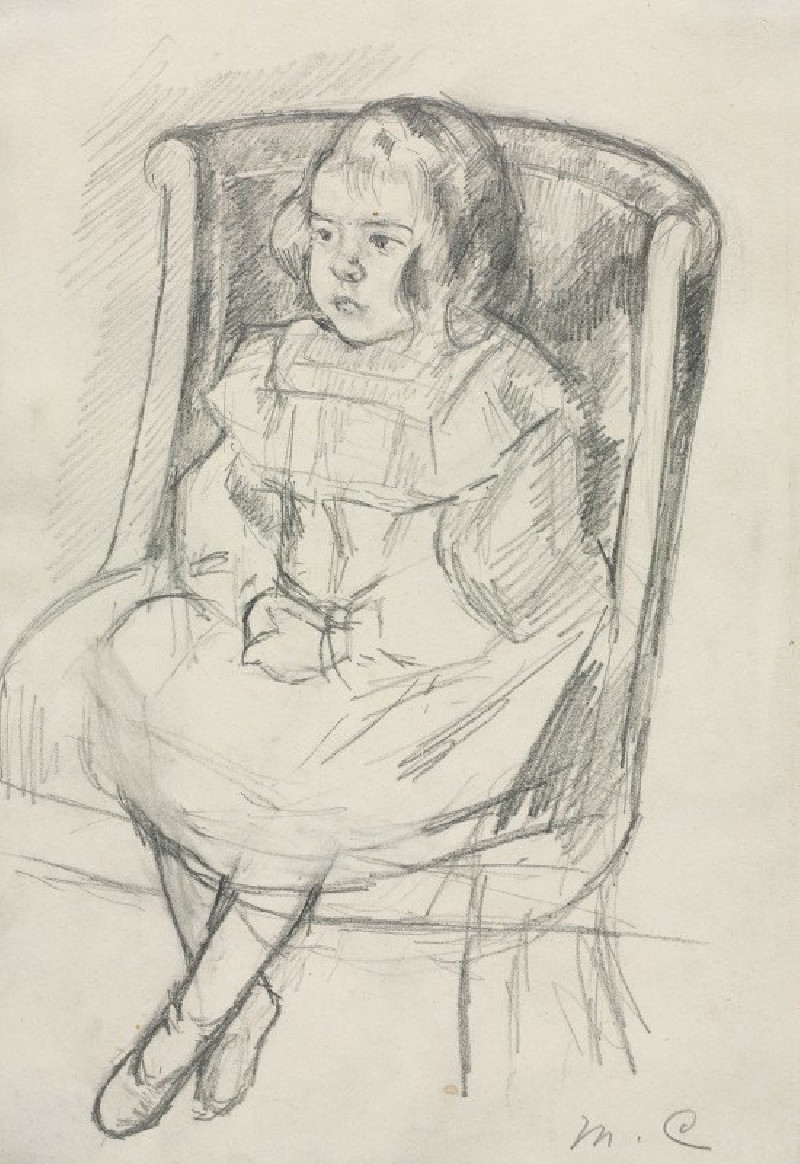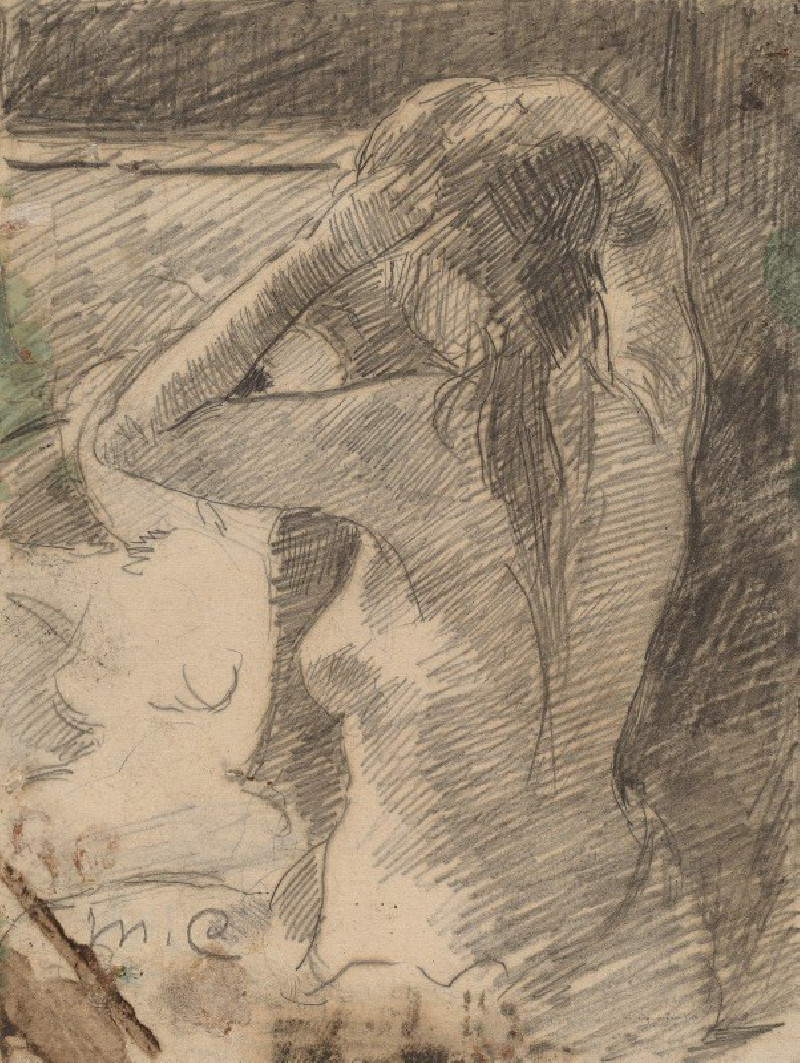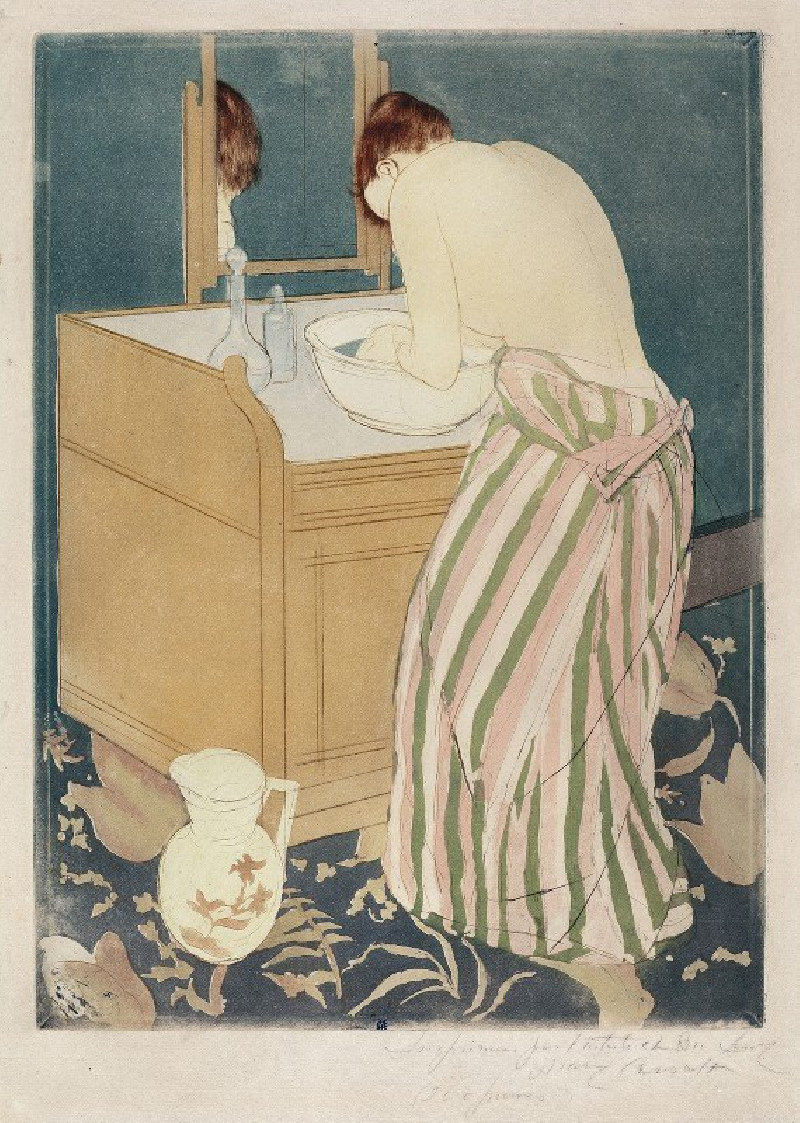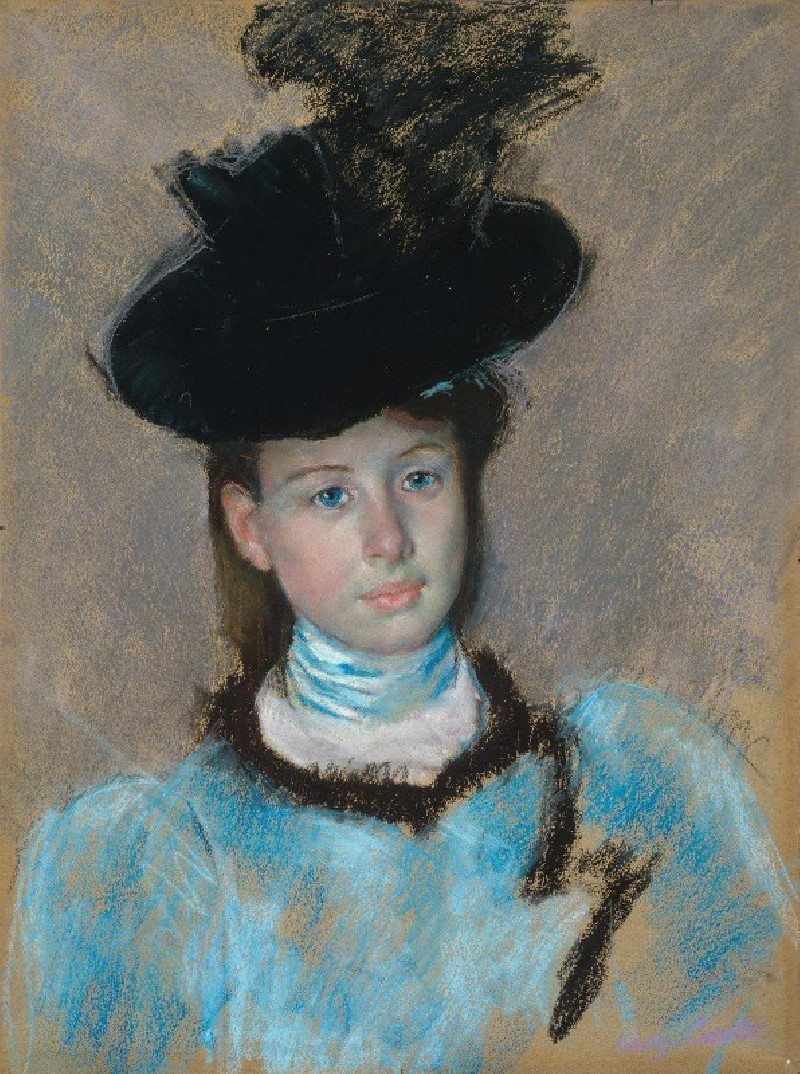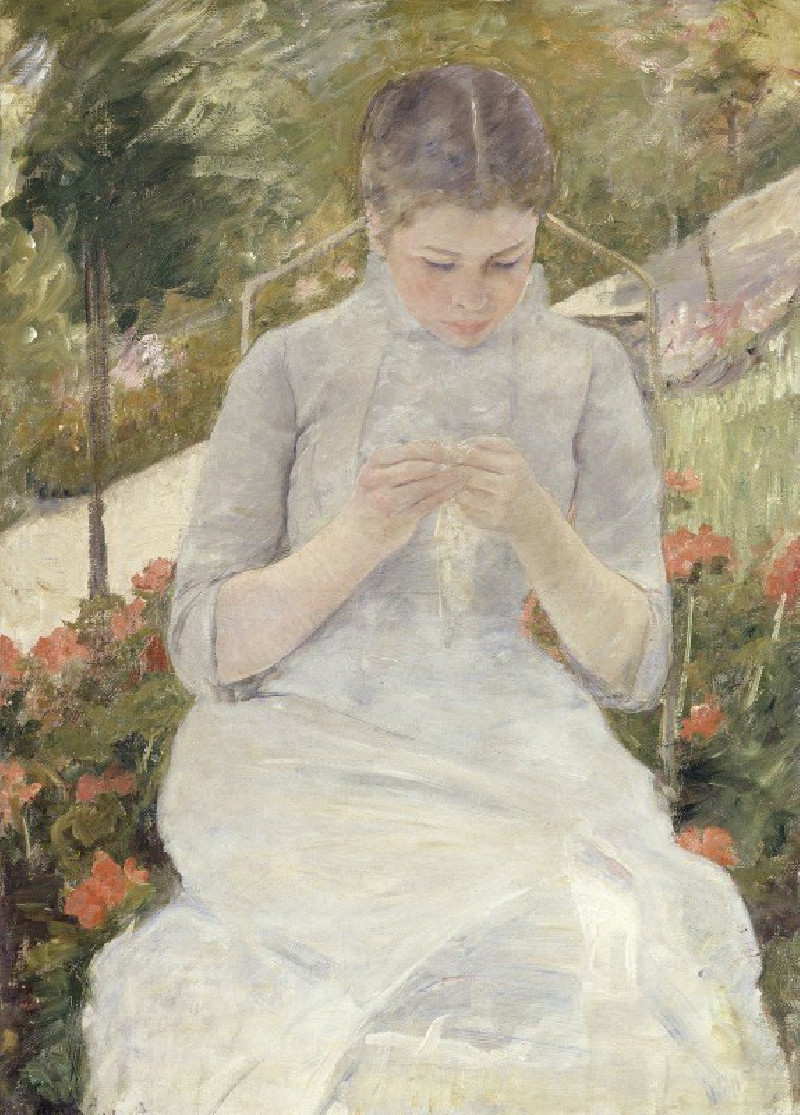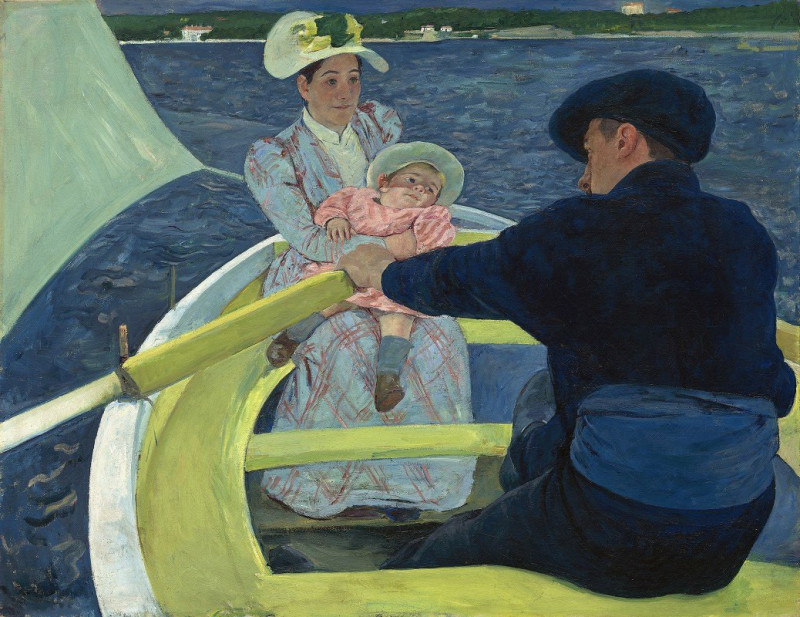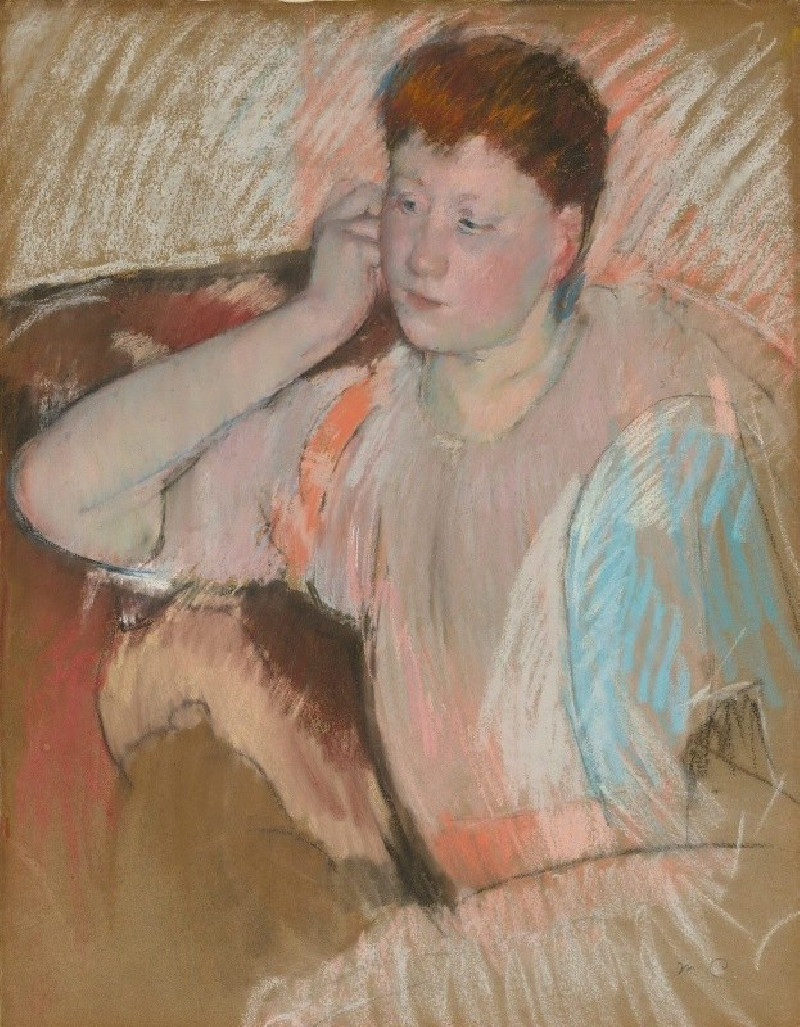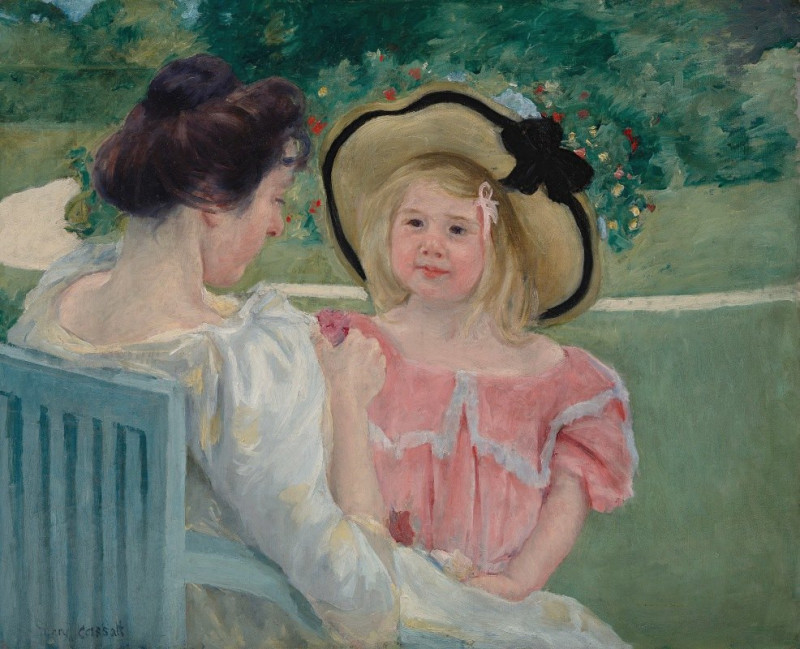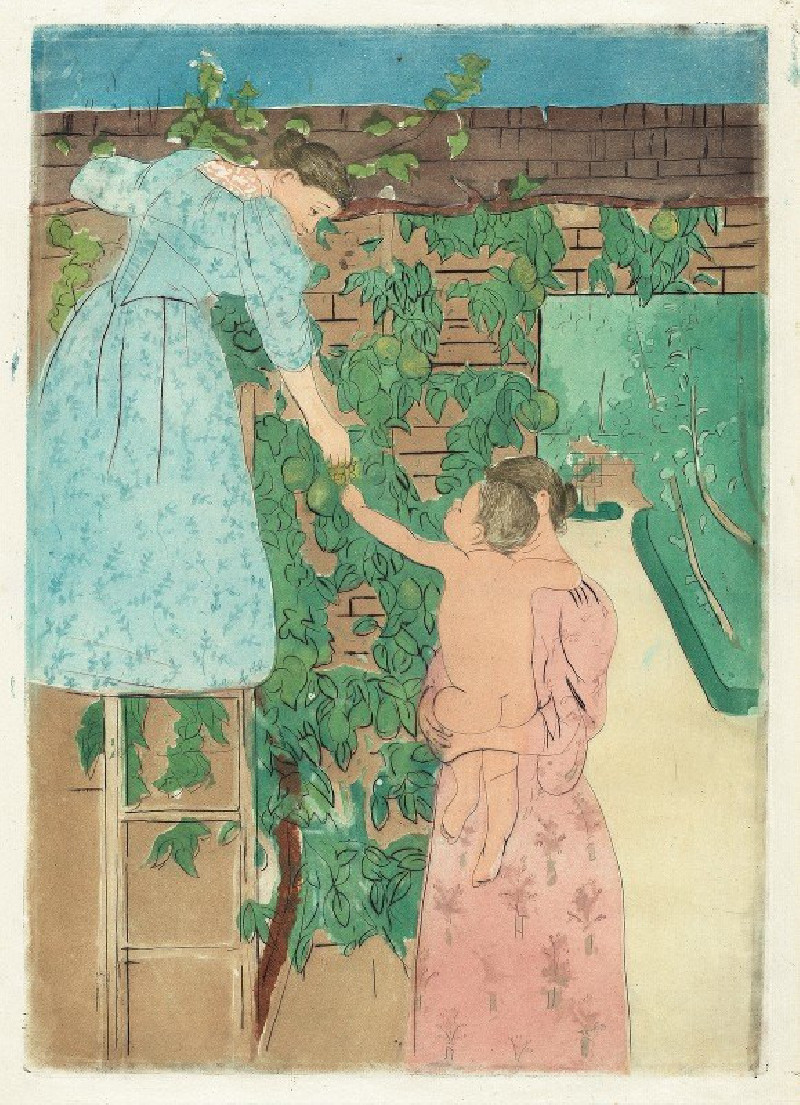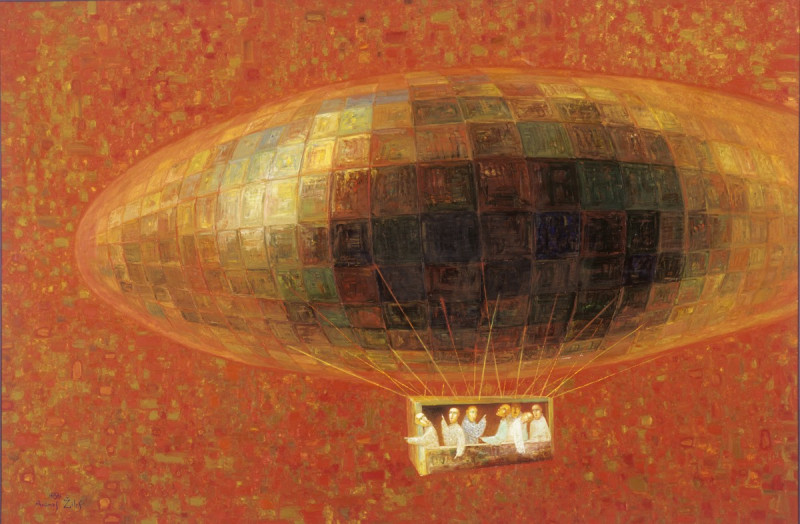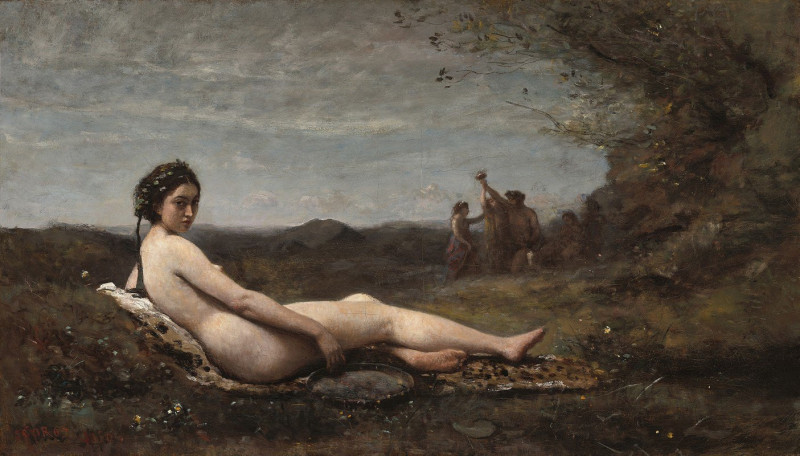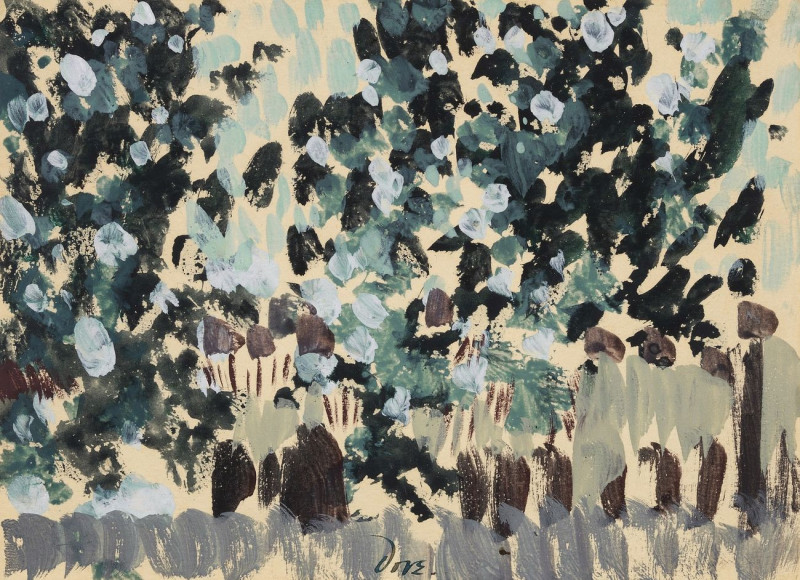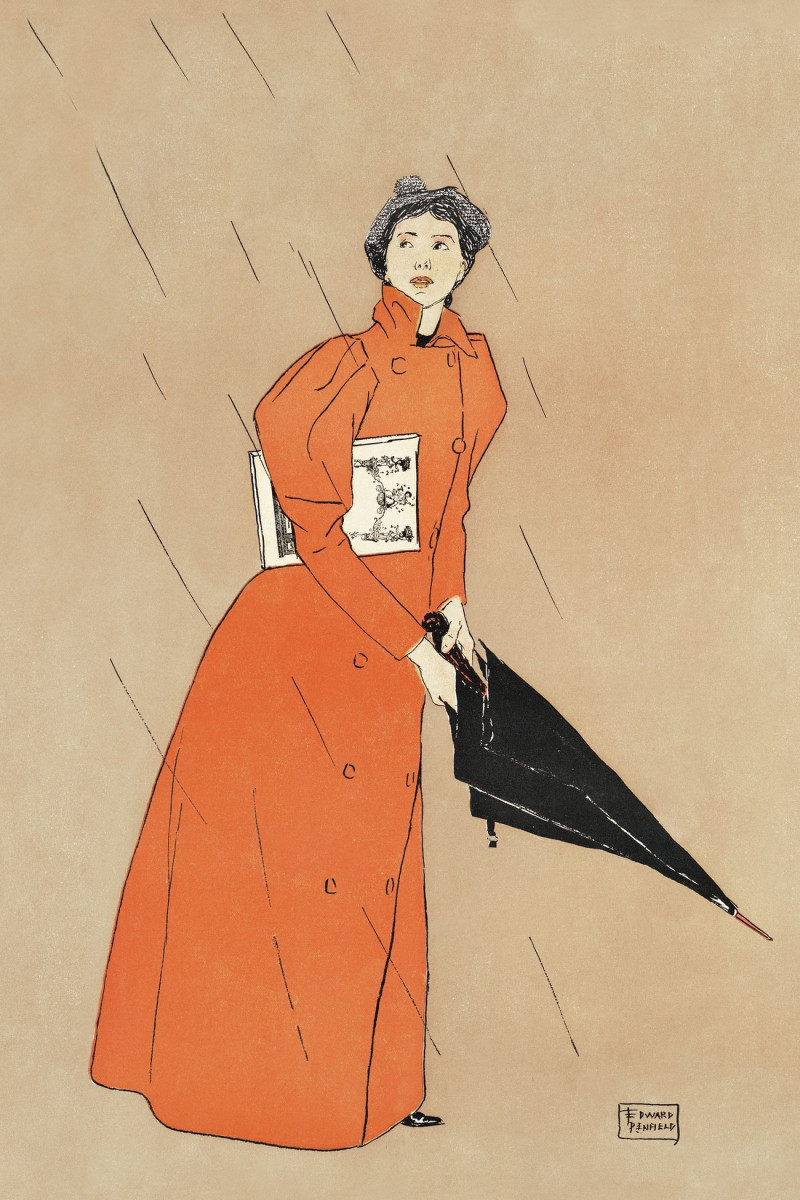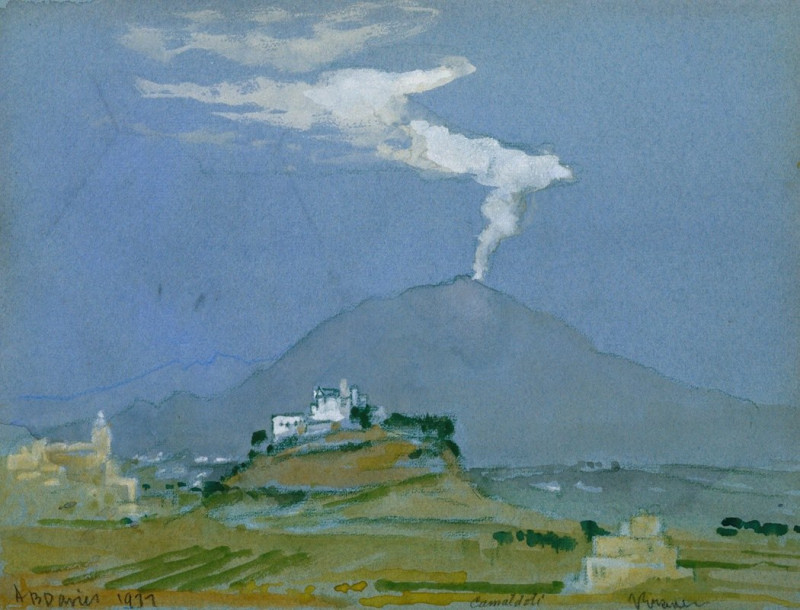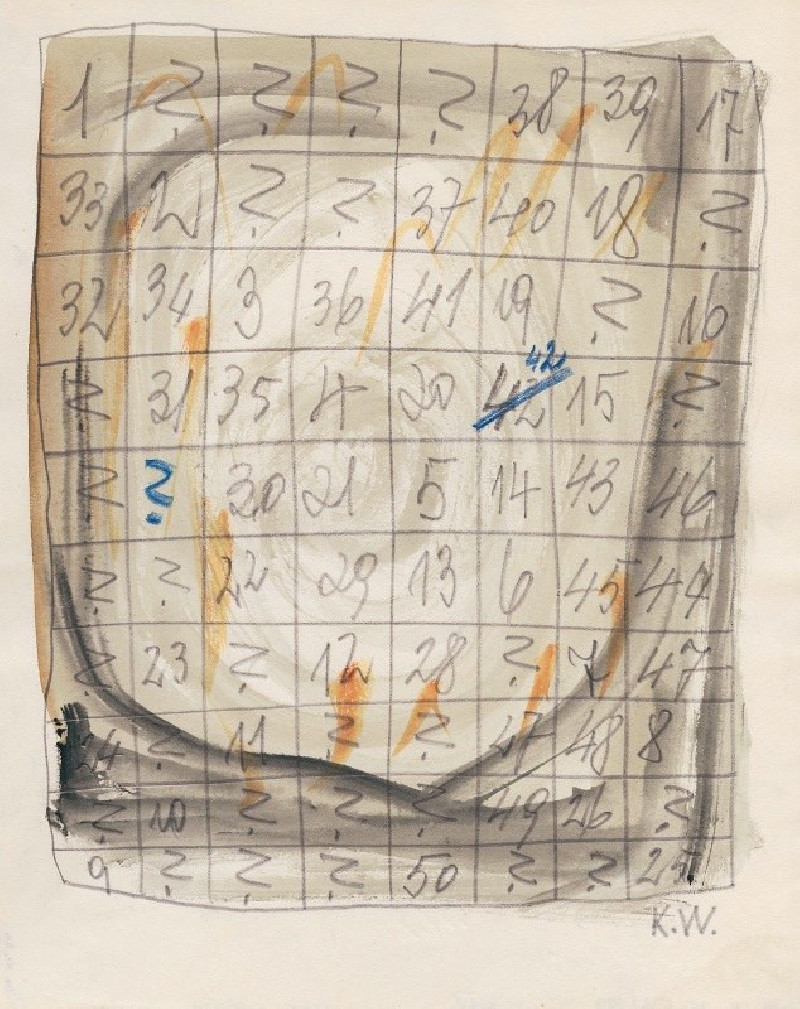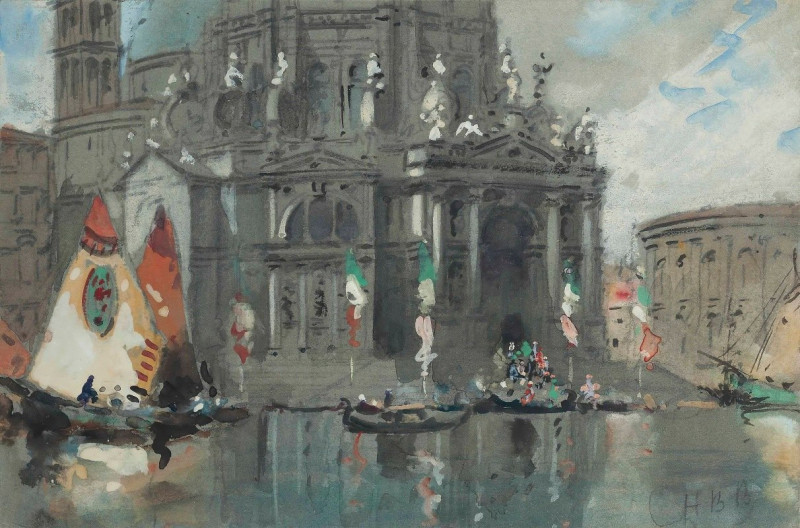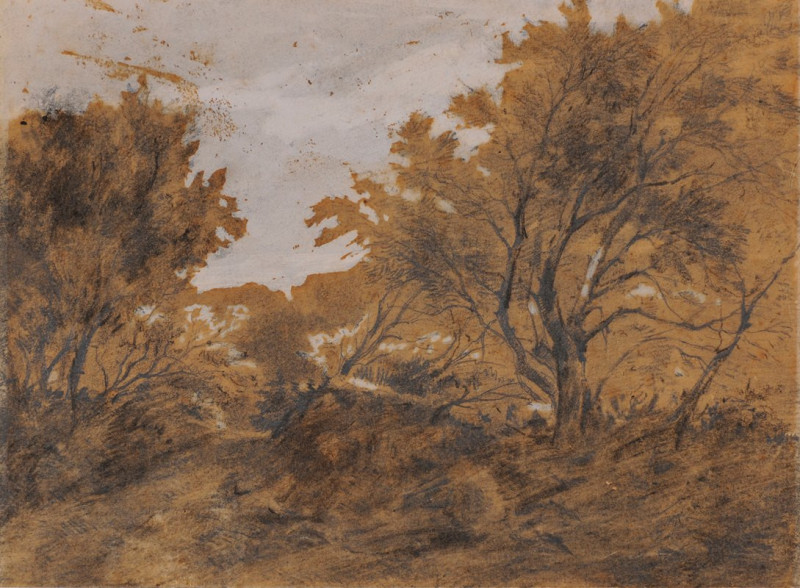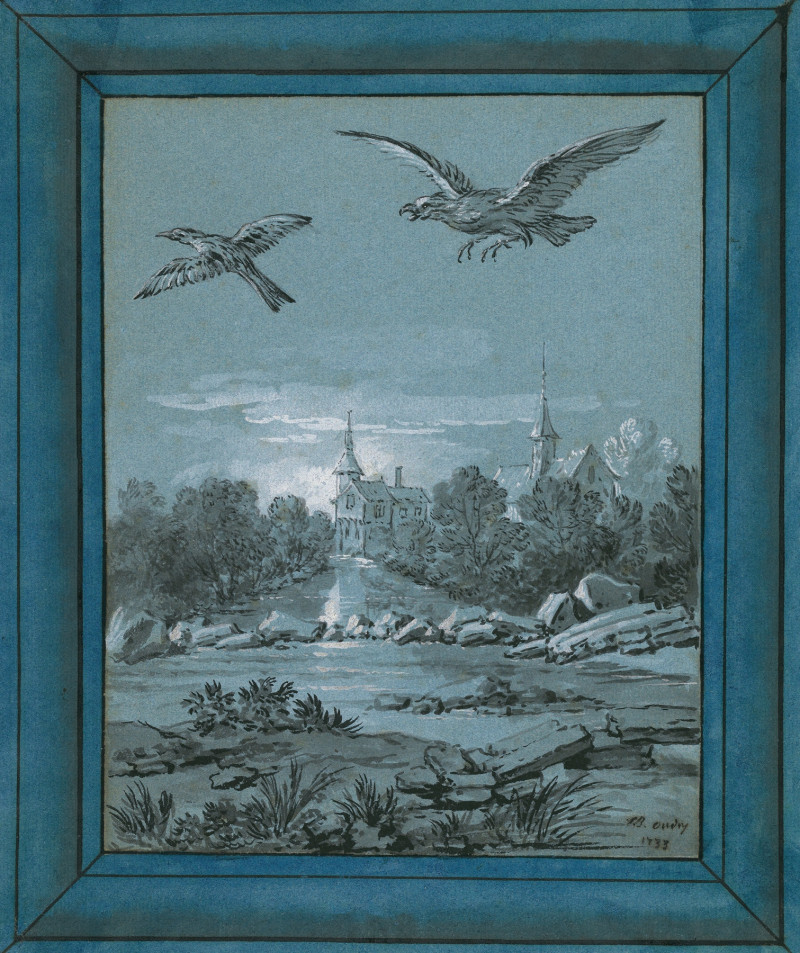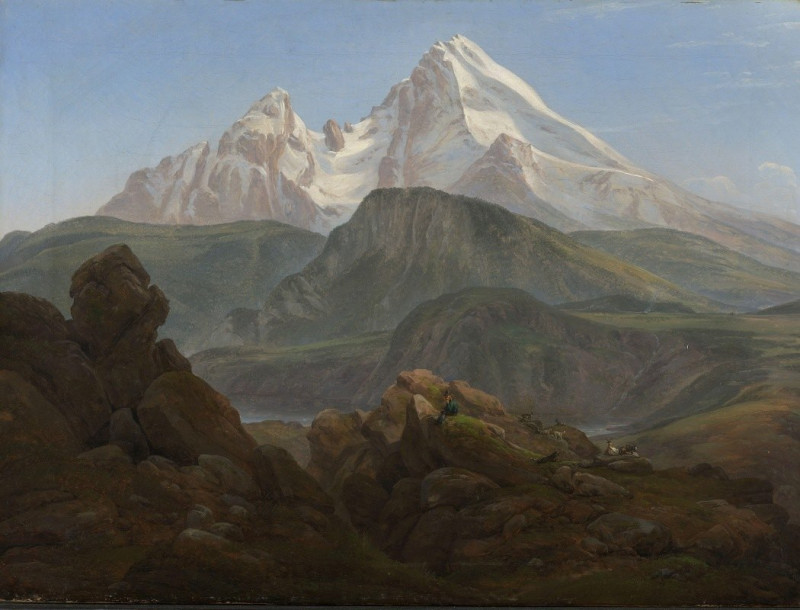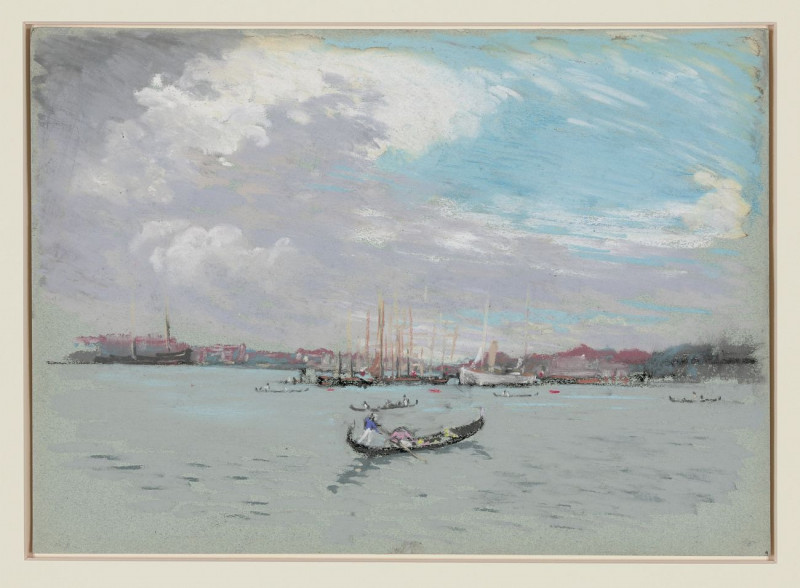The Loge (recto) (1882)
Technique: Giclée quality print
Recommended by our customers
More about this artwork
"The Loge" (1882) by Mary Cassatt is a captivating portrayal of social and cultural scenes, vividly capturing the essence of the Parisian theater experience in the late 19th century. This sketch, primarily executed in pencil, features two women seated in a theater box, a setting that Cassatt frequently returned to in her work.The drawing is defined by soft yet precise pencil lines that outline the figures and their surroundings. The woman on the left, partially obscured, appears to be engrossed in the performance, her face reflecting concentration or perhaps quiet enjoyment. The central figure holds an elegantly detailed fan, indicative of the fashion and tools of spectatorship common among women of that era. Her face is calm, and her gaze slightly downcast, suggesting a moment of introspection or detachment from the performance.Cassatt's choice to capture these women in a loge, a private box in a theater, not only highlights their social status but also subtly comments on the role of women as both observers and observed in public arenas. The sketch, with its unfinished feel and visible corrections, invites viewers into the artist’s process, allowing a glimpse into how Cassatt iteratively developed her compositions to emphasize themes of femininity, leisure, and the complex interplay of public and private lives.
Delivery
Returns
Mary Stevenson Cassatt was an American painter and printmaker. She was born in Allegheny City, Pennsylvania (now part of Pittsburgh’s North Side), but lived much of her adult life in France where she befriended Edgar Degas and exhibited with the Impressionists. Cassatt often created images of the social and private lives of women, with particular emphasis on the intimate bonds between mothers and children.
She was described by Gustave Geffroy as one of "les trois grandes dames" (the three great ladies) of Impressionism alongside Marie Bracquemond and Berthe Morisot.In 1879, Diego Martelli compared her to Degas, as they both sought to depict movement, light, and design in the most modern sense.

